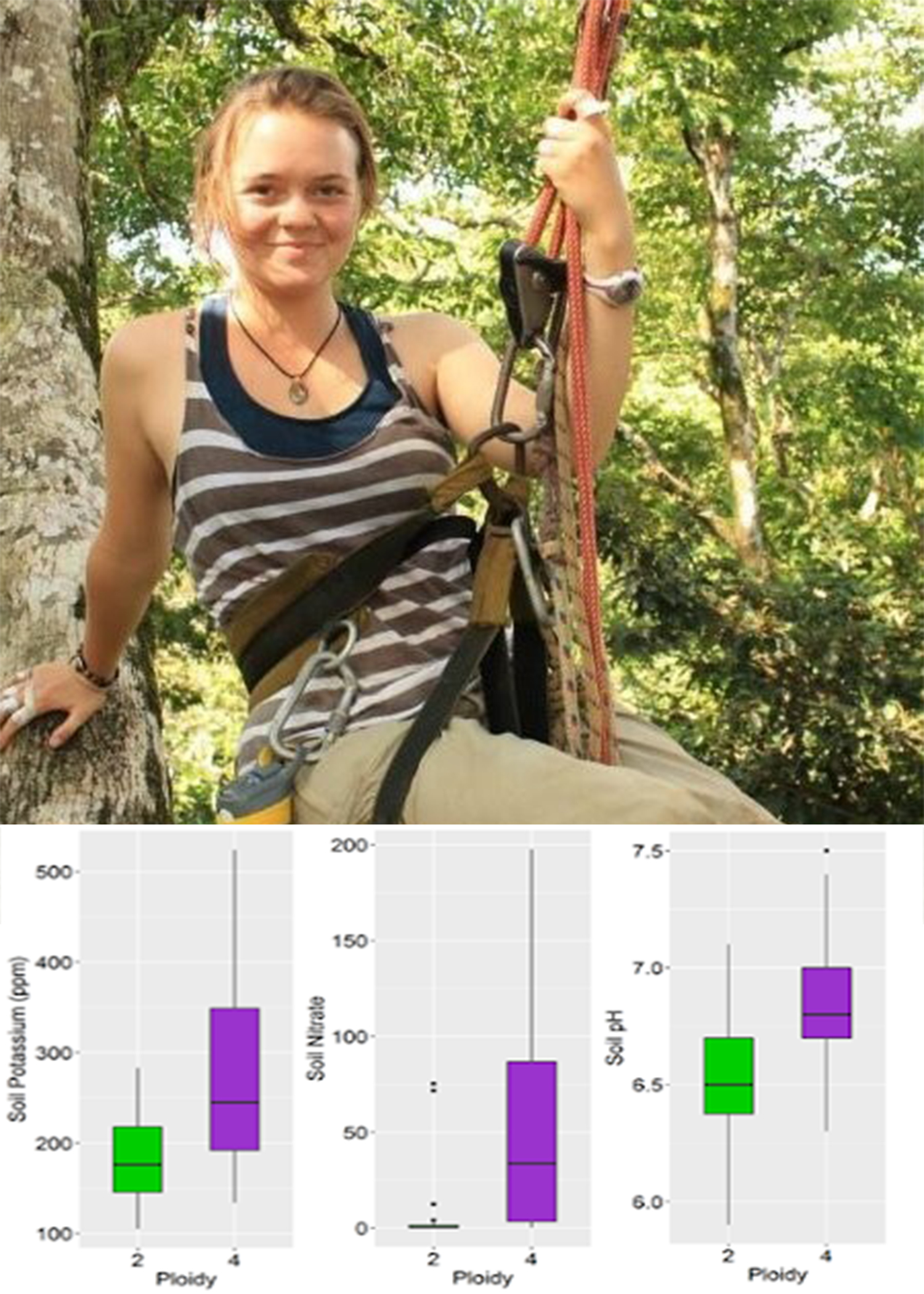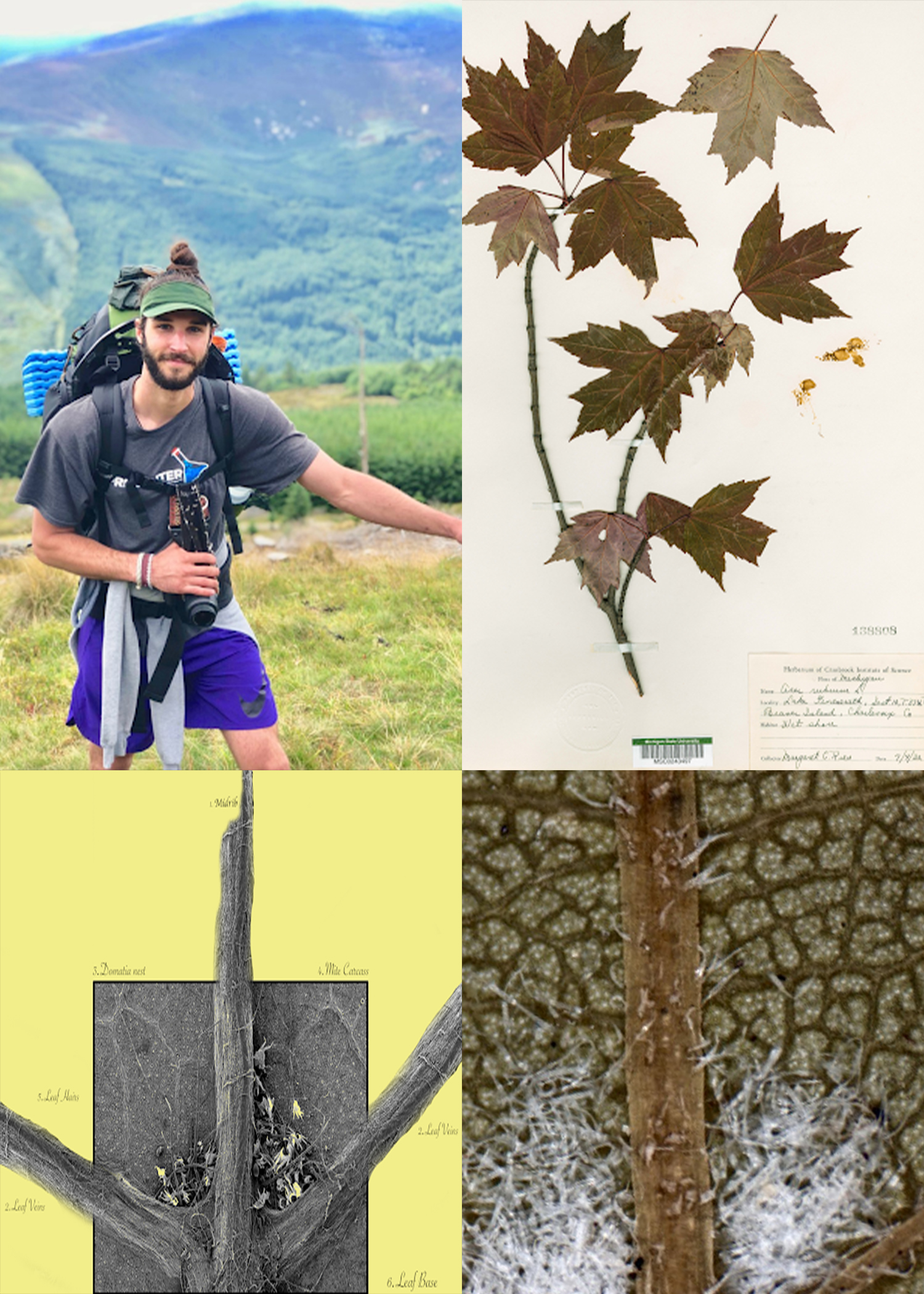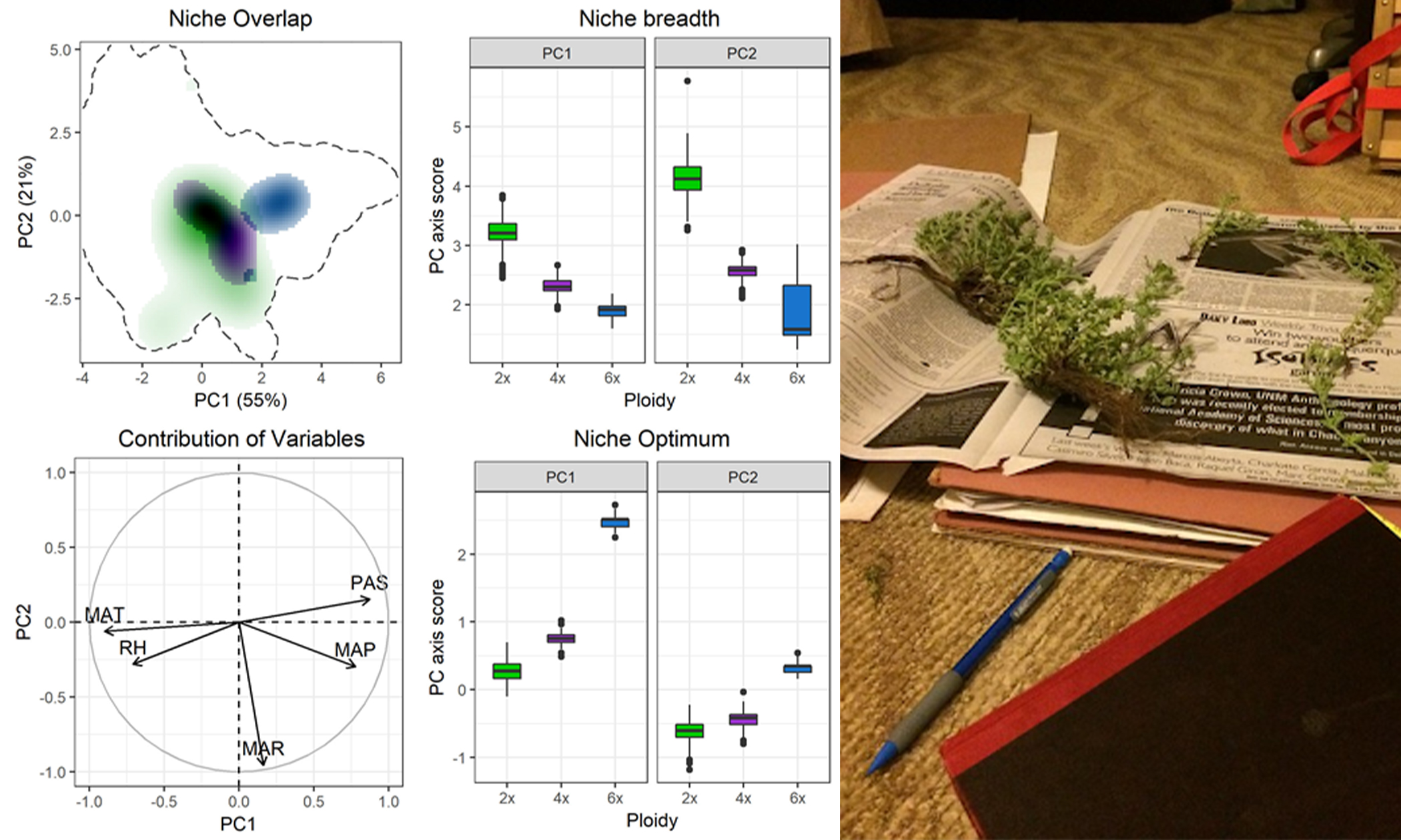Research Spotlight
Herbarium data shows that lichens
are more diverse in the tropics
Klara Scharnagl used data from the MSU Herbarium and the Consortium of North American Lichen Herbaria to show that lichens, like many other types of plants and animals, are more species rich near the equator than near the poles. She used over 700,000(!) data records from herbarium collections of New World lichens to show that these remarkable organisms do indeed have a latitudinal diversity gradient. Building large databases of herbarium specimens enables researchers to ask big questions like this. Her research also resulted in the addition of over 3,400 specimens to the MSU Herbarium. Klara did this research as part of her PhD dissertation in the Prather Lab at MSU before moving to the UK for her postdoc at the Sainsbury Laboratory, and then a permanent position at the University and Jepson Herbaria at UC Berkeley.
You complete me: Voucher specimens enhance research repeatability and transparency
The MSU Herbarium archives specimens documenting their research. In some instances this is required by funding agencies or journals, and documenting plant material is always best practice. Some recent examples are specimens from researchers studying Armillaria resistance in cherries (Pratima Devkota, Ray Hammerschmidt Lab), biodiversity in prairies near blueberry fields (Dr. Knute Gundersen, Rufus Isaacs lab), evolutionary history and genomics of grasses, sedges, and rushes (Jose Planta, Kevin Childs Lab), mint genomics (Robin Buell, Buell Lab), and climatic responses in pine tree rings (Paula Marquardt & Frank Telewski, USFS).
Native species loss in Baker Woodlot
Baker Woodlot is a protected natural area on Michigan State University’s campus. Information gathered from surveys 40 years apart showed that native species are lost at a rate of about five species per decade. A team of 18 MSU Herbarium researchers participated in the most recent survey. Click here to learn more about the woodlot.
Extrafloral nectaries may vary with climate adaptation in Viburnum species
Bruce Martin, a PhD student in Dr. Marjorie Weber’s lab, uses Viburnum specimens to study extrafloral nectaries. These nectaries attract insects that defend the plant from herbivores. Bruce uses the MSU Herbarium's large collection to study how the form and placement of these nectaries has changed as Viburnum adapted to different climates.
Polyploidy drives morphological evolution in Phlox amabilis
Matt Chansler studied the role of polyploidy (chromosome duplication) on Phlox amabilis. By measuring 31 morphological traits across species' distribution, he found that polyploidy influenced many traits and that ploidy levels could be distinguished from one another. Published in the American Journal of Botany.
Twenty-seven new lichen species discovered from Glacier Bay National Park
Dr. Alan Fryday and a team surveyed Glacier Bay National Park, Alaska. The study showed the highest diversity of lichens ever documented in the Americas, with 947 species discovered. 27 were entirely new to science! View the publication here.
Diploid and tetraploid Phlox plants occur on different soils
Alex VanTill tested whether soil differences contributed to the ability of diploid and tetraploid Phlox amabilis to grow at the same site. Results showed tetraploids grow in more acidic soil with higher nitrate and potassium levels than diploids, even when separated by only a few meters.
Mutualism between beneficial mites and Michigan’s woody plant species
Riley Scanlon studied "domatia"—special structures on leaves that provide shelter for beneficial mites. Using electron microscopy, he showed that these structures are widespread across Michigan's woody plant species, highlighting an important defensive mutualism.
MSU Herbarium researchers contribute to Flora of North America
Elizabeth Straley, Garrett Crow, Alan Prather, Deb Trock, and Josh Springer have all contributed treatments for the Flora of North America. This monumental work catalogues all land plants in North America north of Mexico. Genera treated include Pogogyne, Lentibulariaceae, Monarda, Achillea, and more.
- Garrett Crow: Lentibulariaceae (bladderwort family)
- Alan Prather: Hedeoma, Monarda, Poliomintha, Rhododon
- Deb Trock: Achillea and Packera
- Josh Springer: Dryas and Chamaerhodos
Modeling how polyploidy affects ecological niches of plants
Shannon Fehlberg, Carolyn Ferguson, and Alan Prather used GIS information and herbarium specimens to model the ecological niches of Phlox amabilis. They found that temperature, humidity, and snowfall predict where different chromosome races occur.

Digitization of MSU Herbarium collections contributes big data to big science
Specimen data from the MSU Herbarium and other natural history museums are aggregated in data portals for researchers, educators, and naturalists to use. Portals like GBIF, iDigBio, and Symbiota provide a diversity of mapping, imaging, and download tools to make these data sets useful. Researchers can ask questions about plants, their evolutionary history, and the niches they occupy using these large-scale data sets. Using specimen occurrence data that includes records from the MSU Herbarium, researchers discovered that...
All this is made possible by the deposition of specimens by botanists, decades of stewardship by herbarium members, and also to the many volunteers and students that help digitize those specimens and make them available to scientists around the world!
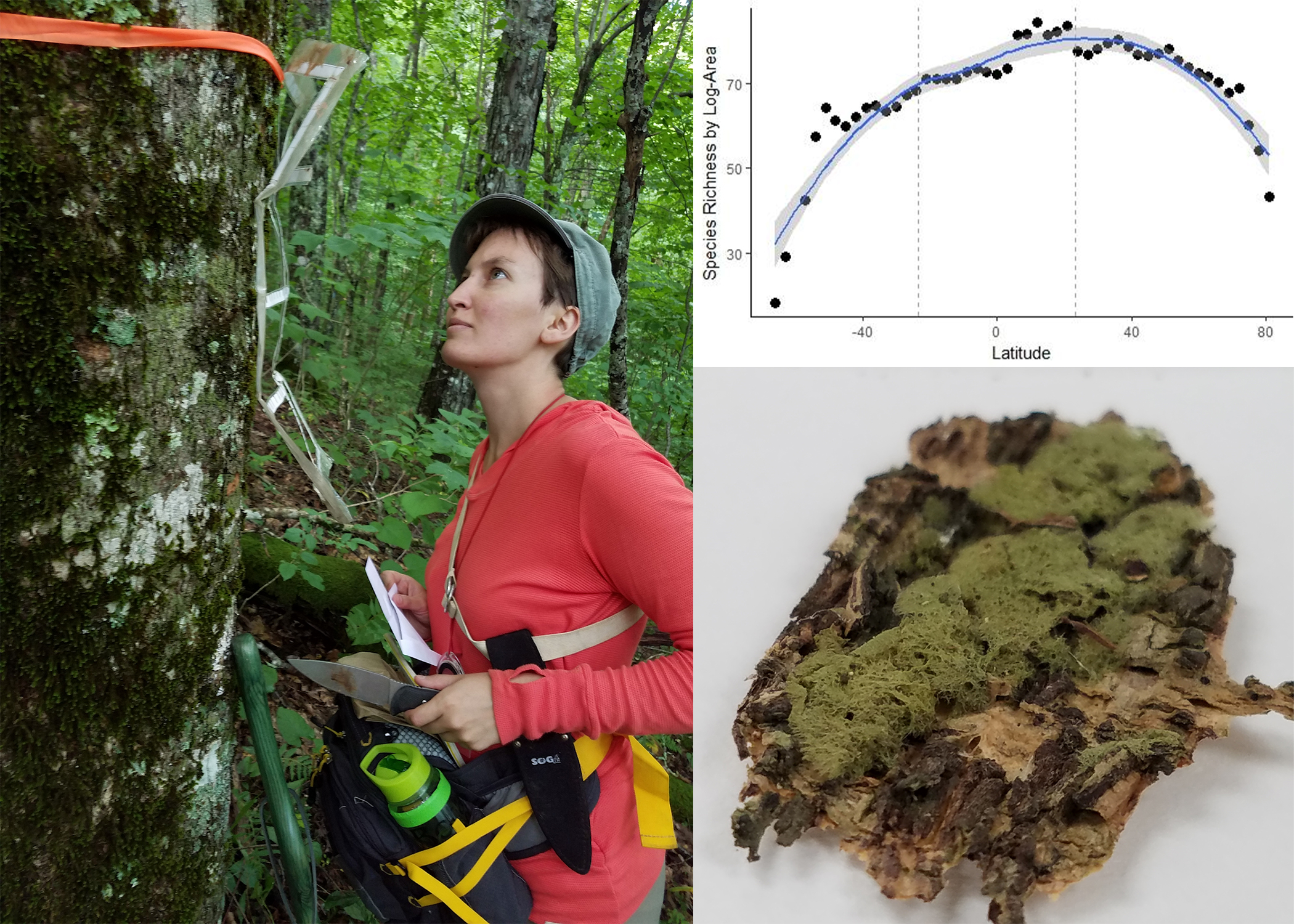
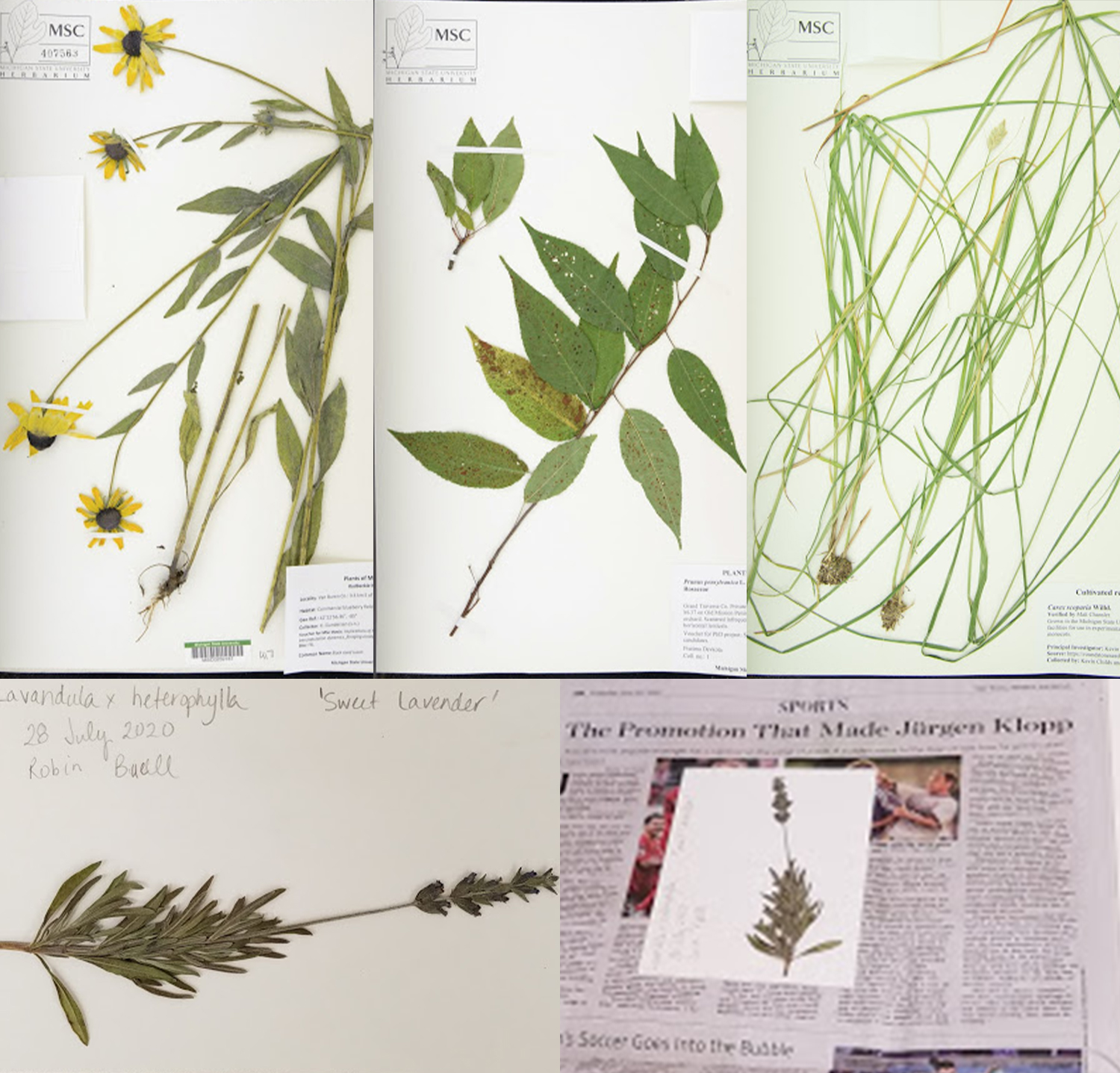
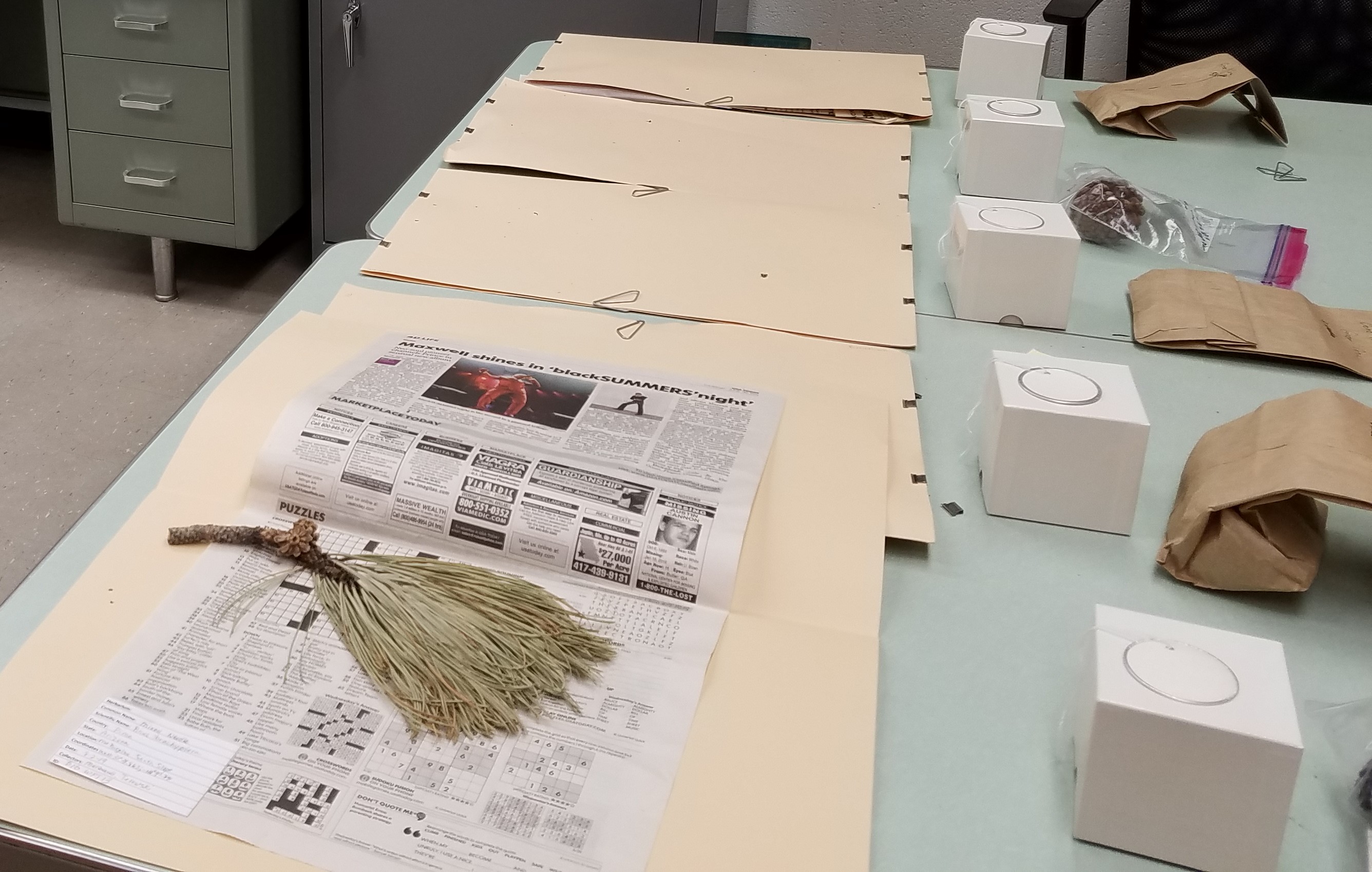



.jpg)
